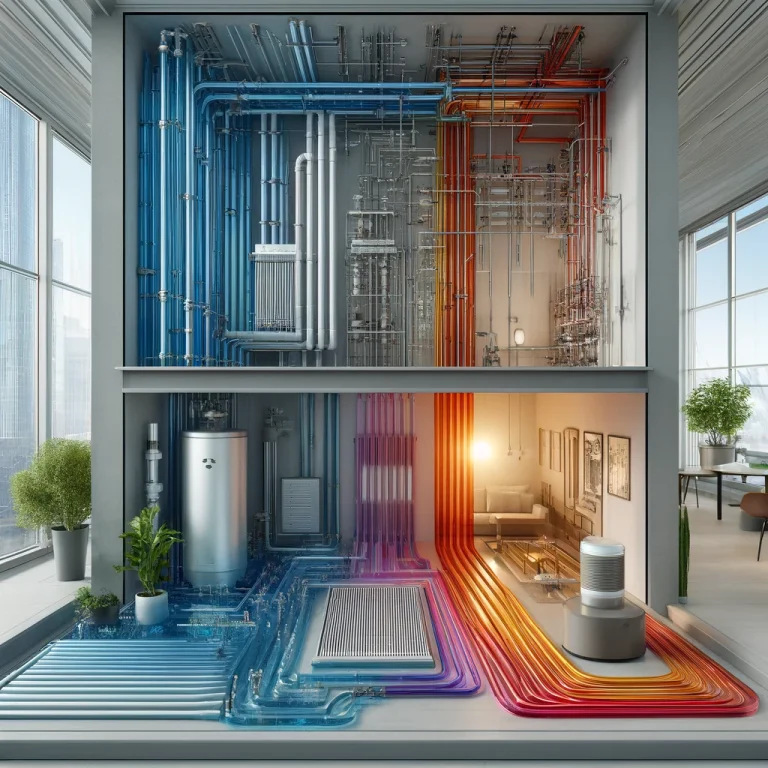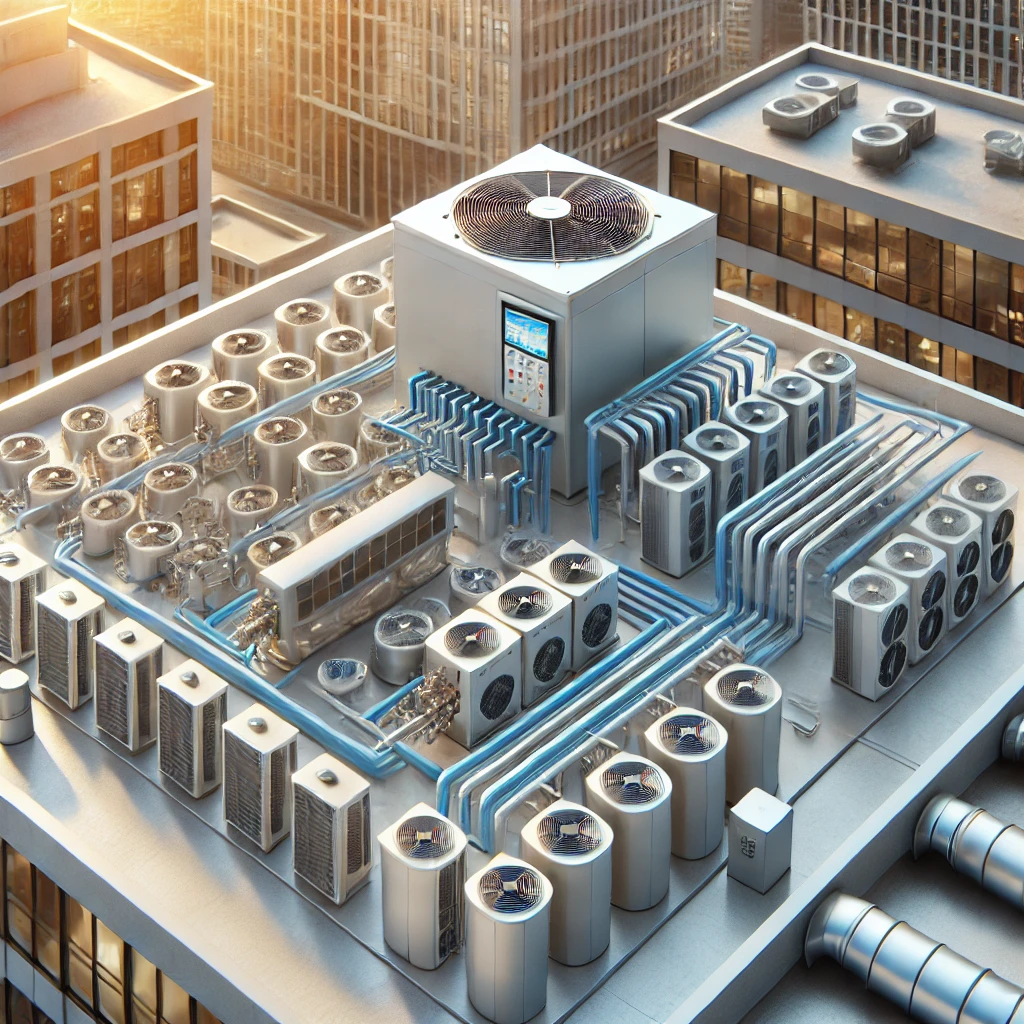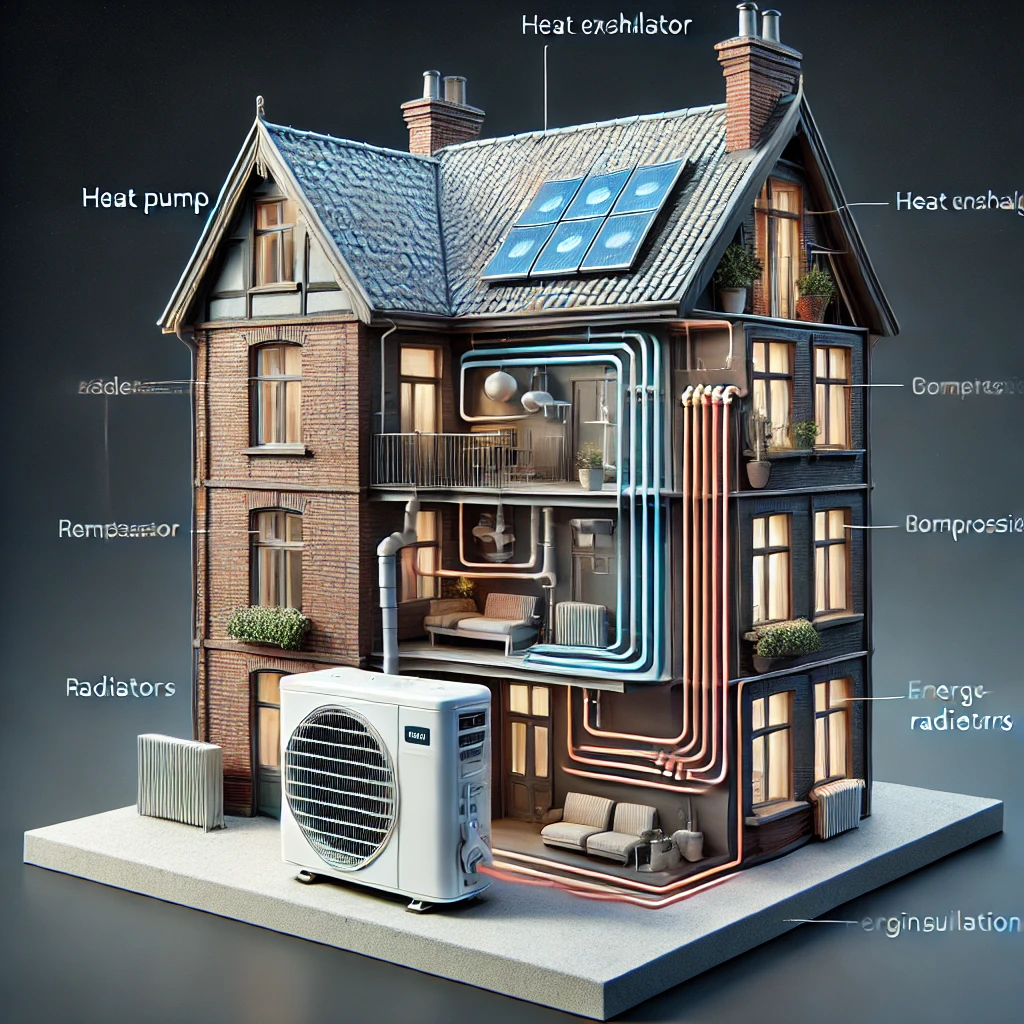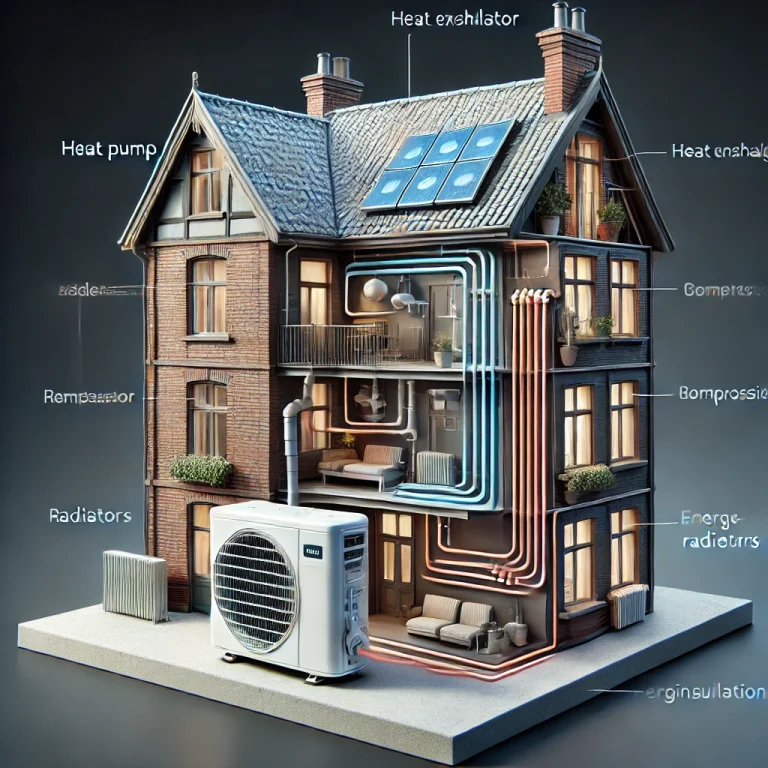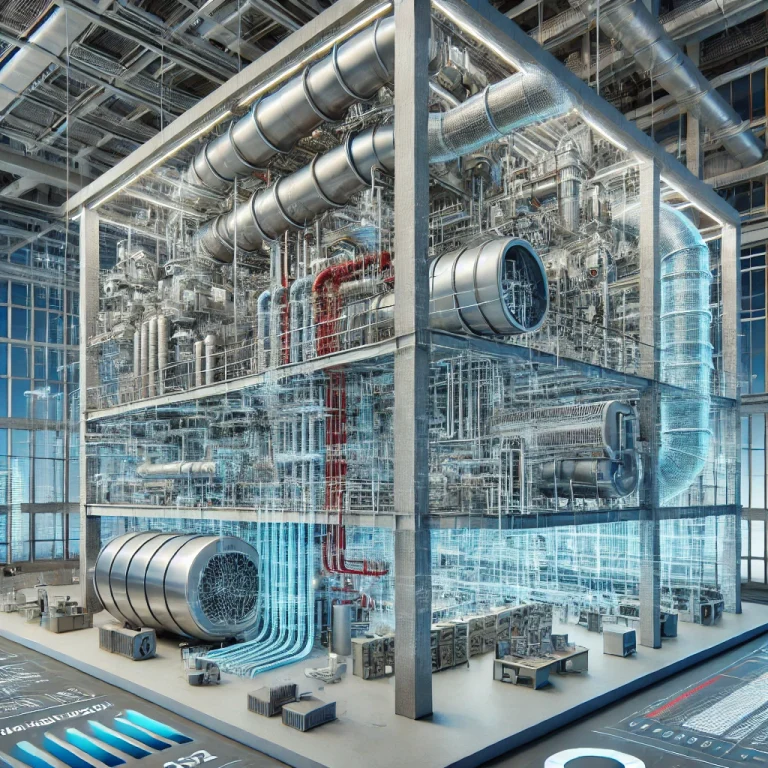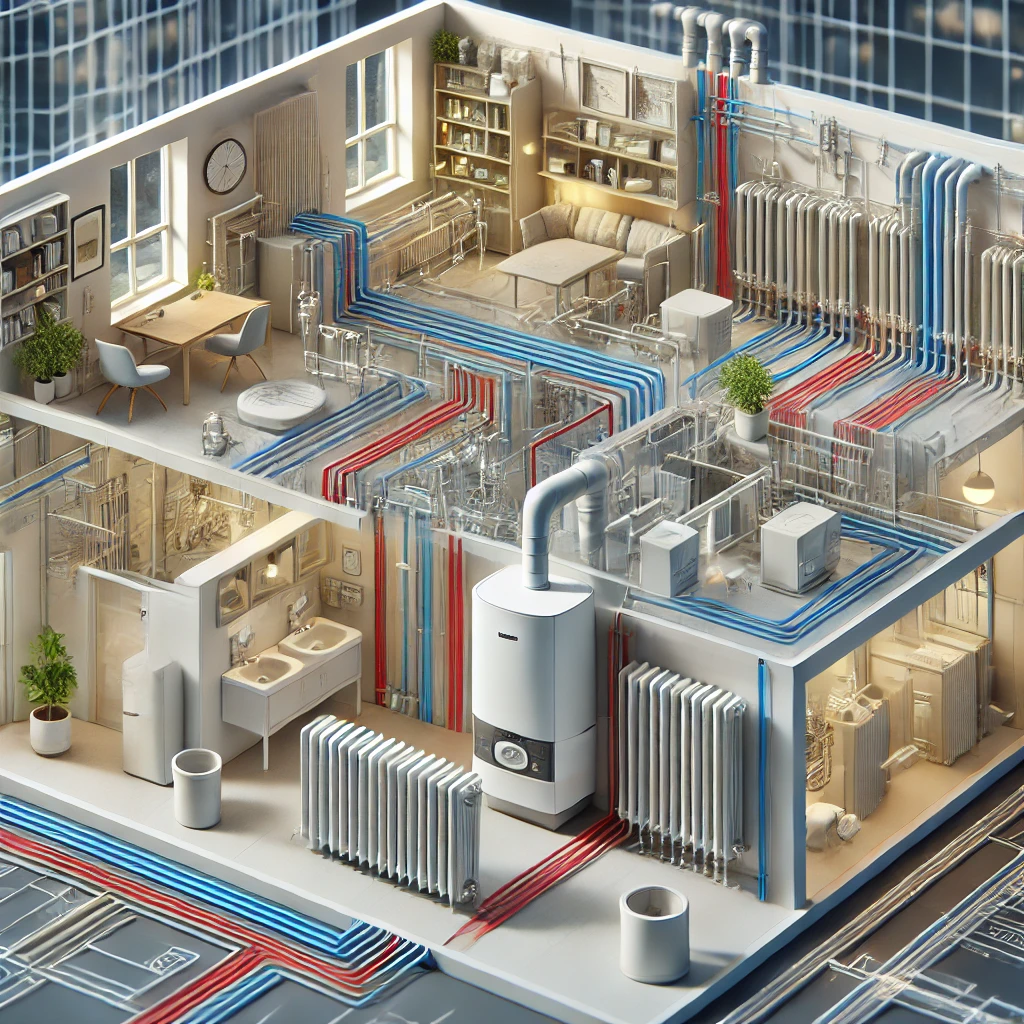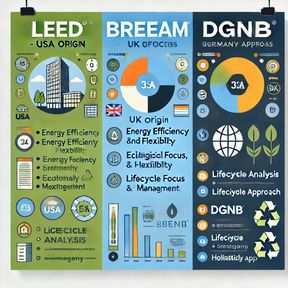🌍 Sustainable and efficient cooling is a central topic in modern building technology. Absorption chillers offer an environmentally friendly alternative to conventional compression chillers by using heat instead of electricity as the primary energy source. But how do they work, what advantages do they offer, and where are they used? Let’s take a closer look!
🔹 1. How Do Absorption Chillers Work? ⚙️
Unlike conventional chillers that rely on electrically driven compressors, absorption cooling is based on a thermal process:
- 🔥 Heat Source: Industrial waste heat, district heating, or renewable energies (solar thermal, biomass) provide the required energy.
- 💧 Working Medium: A mixture of water and lithium bromide (LiBr) or ammonia as the refrigerant.
- 🔄 Absorption Process: Cold is generated through evaporation and absorption – with minimal electricity consumption.
👉 Result: Highly energy-efficient cooling with a significant reduction in CO₂ emissions.
🔹 2. Advantages of Absorption Chillers ✅
Absorption chillers offer numerous benefits that make them an attractive solution for various applications:
- 🌱 Environmentally Friendly: Reduced electricity consumption means lower CO₂ emissions.
- ⚡ Energy Saving: Particularly efficient when waste heat or renewable energy sources are utilized.
- 🔧 Low Maintenance: Fewer moving parts compared to conventional compression chillers.
- 🔇 Quiet: Ideal for noise-sensitive environments like hospitals or hotels.
🔹 3. Application Areas of Absorption Cooling 🏢
Absorption chillers are used across multiple sectors, especially where waste heat is available as a by-product:
- 🏭 Industry: Leveraging process waste heat for efficient cooling.
- 🏨 Hotels & Office Buildings: Combining with district heating or solar thermal systems for sustainable air conditioning.
- 🛠️ Data Centers: Highly efficient cooling with minimal energy consumption.
- 🏥 Hospitals: Reliable cooling with reduced environmental impact.
- 🌞 Solar-Powered Cooling: Especially attractive for regions with high solar radiation.
🚀 Future Perspectives: Absorption Cooling in the Energy Transition
As the adoption of renewable energies continues to grow and companies increasingly prioritize sustainability, absorption chillers will play a pivotal role in energy-efficient building cooling. With rising demand for low-CO₂ technologies and smart energy management solutions, this technology is poised to become even more significant.
🌟 Conclusion: A Sustainable Choice for Modern Cooling Systems
Absorption chillers combine energy efficiency, environmental friendliness, and low operating costs – making them a key technology for the future of building technology.
❓ Have you worked with absorption chillers? Share your thoughts in the comments! 💬👇
💡 AxonCad – Your Partner for Innovative Building Technology!
We support engineers and companies in planning and implementing sustainable cooling solutions using cutting-edge BIM technology. Contact us for your next project!
🔗 Get in touch now!
Hashtags: #AbsorptionCooling #SustainableCooling #BuildingTechnology #EnergyEfficiency #ClimateNeutrality #SmartCooling




